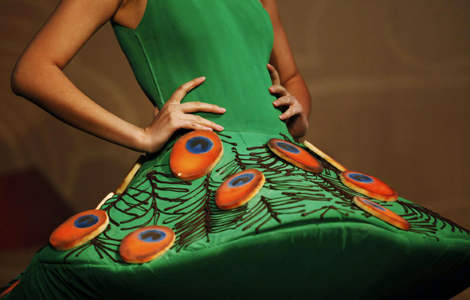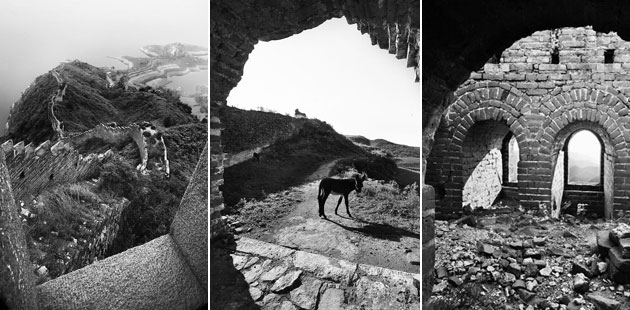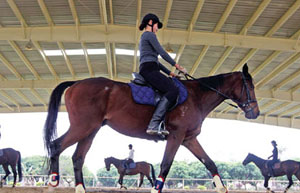Art market sees a different picture
Updated: 2011-12-19 08:07
By Zhang Yuchen (China Daily)
|
|||||||||
Risky business
Big capital participation in the market means bigger potential for peril, too.
In the era before such large sums were invested, "we assessed the value of an art or antique item according to its quality, its historical price, its scarcity, etc," said Gong Jisui, an arts administration professor at Central Academy of Fine Arts. But now, he said, valuers have to anticipate how all that capital will influence an item's future price. "That is risky."
So is the possibility that a painting or other artwork may not immediately turn into cash. The transaction channels remain comparatively narrow.
|
 A visitor studies work by Zhang Daqian (Chang Dai-chien), a master of Chinese painting, during a preview to Sotheby's auction on May 31 in Hong Kong. Children Playing Under a Pomegranate Tree (left), painted in 1948, sold for US$9.56 million. Lotus and Mandarin Ducks (right), 1947, set an auction record for the artist at $24.5 million. Song Zhenping / Xinhua |
Wu Yishen, the collector in Shanghai, mentioned a "long-term troubling problem - whether an art item or antique is genuine or fake."
The central government also has shown concern about artwork exchanges, which trade art similarly to stocks. It has limited some agents in their pooling of money.
No worries?
"I never hold the thought that we are facing a falling market," said Zhao Xu, executive director of Poly Auction in Beijing. "China's art market experienced several rounds of ups and downs as it was influenced by financial crisis or equilibrium in power between buyers and collectors. They are not at all big deals, since professionals ensure the market won't fall."
|
 A scene from the spring Poly Auction in Beijing in June. Luo Xiaoguang / Xinhua |
Wang Jie, managing director of Tiancheng International Auctioneer, sees the cooling down as a sign that the market is maturing and buyers are becoming rational. This means they will be more selective, she said, paying the highest prices only for art of the highest quality.
Wang, who joined the Shanghai office of Sotheby's in 1994, noted that sales in China's art market in 1999 totaled $199,000. Last year, they were $150 million.
"So it is just a transition period," she said. "We can make the most of it by doing some education work to cultivate a new generation of collectors."
Write to zhangyuchen@chinadaily.com.cn











